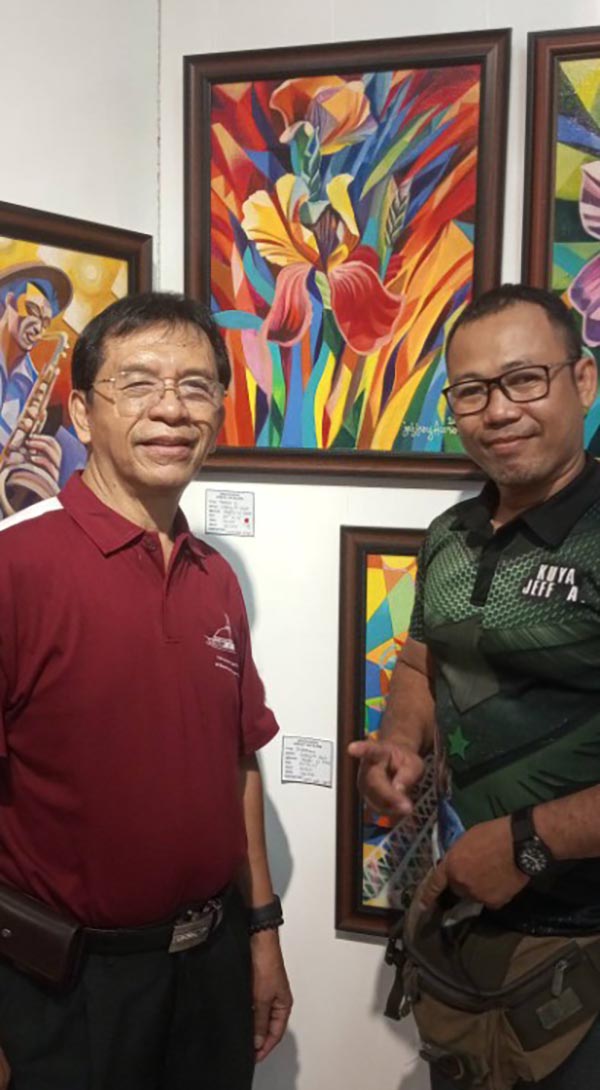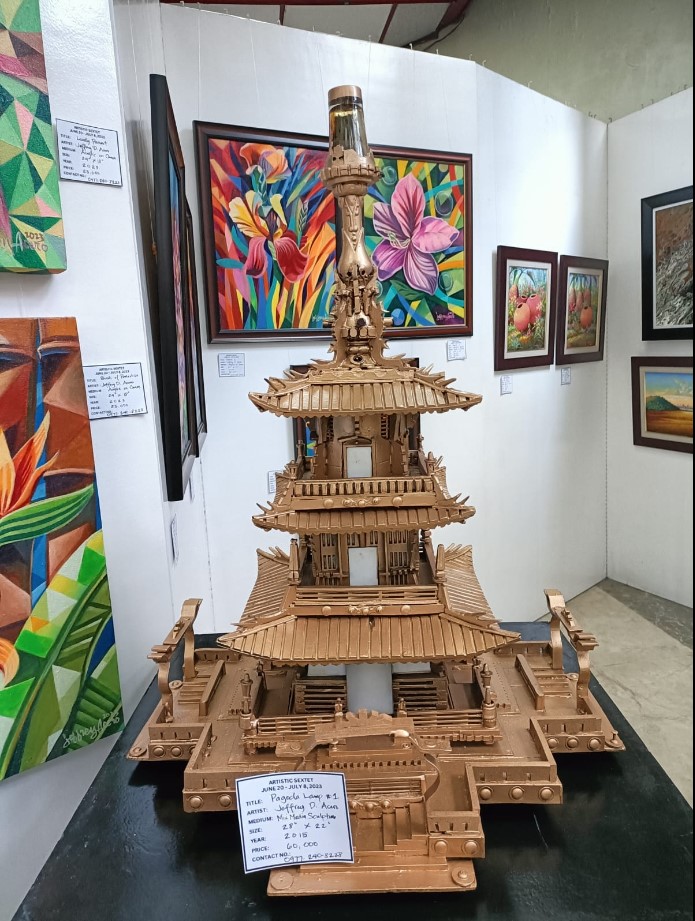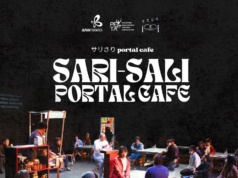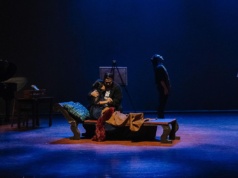Cubism a la Jeffrey D. Acero
by Noel Sales Barcelona
The influence of Picasso and Braque in art creation has come a long way since cubism was invented in the late 20th century. Many Filipino artists, including Jeffrey Doria Acero, have tried—and modified—this style, and it has become a staple in the local art scene.

But Acero’s cubism is not 100 percent copied from Picasso; somewhat, it has been tempered, and the color scheme has been modified. The result is rich in texture, vibrant colors, works of art depicting ordinary people’s lives, and images of everyday things that we often take for granted.
Celebrating Ordinariness in His Works
As a critic, the thing that I most love about Acero’s body of work is that they focus on the beauty of the ordinary things and the ordinary folks as seen in their “natural” environments. At least, for this writer, there are no pretensions with Acero’s cubism as he uses the method to bring to the fore the essence of these banal things, which are often ignored since they are too common to appreciate.

Another exciting thing about most of his works is the artist’s use of vibrant colors, usually yellows, and oranges, signifying the vibrance of life and the happiness of being alive as if the ambiance is always happy and bright.
On the other hand, there are instances where this artist uses darker or paler colors to deepen the mood of subjects, primarily the common folk, while they are trying to earn a living. Coming from a not-well-to-do family, Acero also worked hard to make his stature as an artist from the Land of Promise, Mindanao, where poverty and hunger are prevalent.

[Mindanao, despite its all wealth and glory being rich in natural resources, 54 percent of the families there consider themselves “food poor,” based on the latest OCTA Research Survey released on September 19, 2023. In 2021, the Philippine Statistics Authority reported that 25.9 percent of the population of Agusan del Norte, where Acero came from, live in poverty.]
How he depicts the hardworking labor and peasant-fisherfolk classes is astounding. This writer thinks—and perceives—that this is his way of glorifying these ordinary folks who feed the entire nation while they struggle to feed themselves.

A Well-rounded Artist
As an artist, Acero is flexible. He does not only paint in cubism, but he is also a prolific realist, focusing on portraits—which is hard to do, mainly to paint your subject as is. He is also a great sculptor, using scrapped metals and other materials to create sculptures.
He is also a musician and serves as a percussionist in his local church.

With his dedication, passion, and skills, Jeffrey Doria Acero is one of the artists to watch for in the next 5 to 10 years. As his subjects and style continue to evolve, there’s no mistake that he will be one of the leading Mindanaoan artists who will conquer the local art scene and overseas. #






























